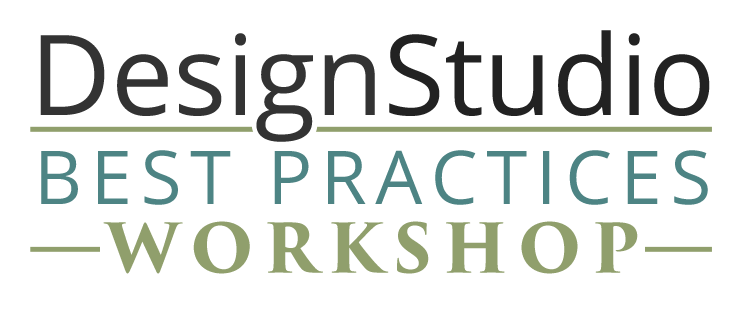
The people that will make or break your profits, policies and more…
Article written by Jane
In our past few articles, we’ve spoken a lot about policies and “how to” systems in your business working together.
But what about the people responsible for maintaining those systems and executing your policies?
Even the best policies on paper can fall apart if they are not well-executed by your team.
And it’s not just about following instructions — the way that your team communicates your policies and handles objections around them is an important part of how your team can make or break your efficiency, opportunities for more profits, and your customer satisfaction.
That’s because effective policies and operational excellence are about so much more than what’s on a piece of paper. Your people are the glue that holds the entire system together. Without them, you’re bound to end up well below the level of operational excellence that you deserve and your buyers expect.
With that in mind, here are some insights on how to get your team on board with your policies… and what might be getting in the way.
Your people need to believe in their role
Does your team truly believe that they play a critical role in operational excellence? Do they believe that the way they communicate can make or break the systems in your business?
Whether your policies and procedures are followed — or how well they are upheld — depends on how your team communicates with key stakeholders, their word choice, the accuracy of their statements, how information is conveyed, and even their body language in customer-facing situations.
If your team doesn’t believe that their every day actions have the power to not only shape your revenue and profitability, but also the efficiency of your business as a whole… you’re going to struggle to get them on board in creating true operational excellence.

Operational excellence is a company-wide deal
In order to be operating at a true level of excellence, the people across all of your departments need to be on the same page and operating on the same level. Silos, miscommunication, and a lack of training can drag the entire system down — sometimes in not-so-obvious ways.
Here’s an example:
Let’s say your sales team is speaking with a prospective buyer — and their immediate goal is closing the new home sale. So they might say something to the effect of, “Our included features are so outstanding that you won’t have to spend a penny at the design studio.” As you can imagine, if the buyer comes into the design studio with that expectation, the design team is fighting an uphill battle that makes it near-impossible for them to do their job.
It’s also not good for the buyer. Inevitably, buyers DO see things inside the gallery that they had no idea they wanted until they saw it. This causes a great deal of frustration because expectations weren’t set during the initial sales phase. Every team member MUST understand the journey the buyer is on throughout your entire business — not just what happens in their department.
Another example:
Nonetheless, let’s remember this works both ways — because this really is a company-wide issue. If the design team is pointing fingers at sales because they didn’t get the right information rather than actively working to solve the problem, or your team members are faced with a problem only to say, “that’s not my department”, then you’ve got a people issue that needs to be addressed.
So how do we fix it?
Consider having a full company meeting to clarify your policies, talk about correct procedures, and explain what happens when policies aren’t executed properly. Being able to give specific examples with specific homes and customers will be powerful.
In our Design Studio Best Practices WORKSHOP, we have entire roadmap for improving interdepartmental communication, and we’ll be sharing more with you about it next week. One of the practices we talk about is having key members job swap for half the day, to really get a sense for what someone on the other team does and encounters each day. At the Design Studio Best Practices WORKSHOP we teach a format for getting the most out of cross-training and putting those insights into practice.
Behind every great policy is a strong team member!
I hope by now we’ve clarified that true operational excellence is about so much more than a pile of policies and rules. It’s a powerful system that, ultimately, is underpinned by people.
With that in mind, let’s consider your procedure for finalizing selections in your design studio.
We’ve spoken previously about how tools like DocuSign may be great for efficiency, and even work well in other parts of your business… but they can’t compare to having a trained and enthusiastic team member take your customer through a guided process for finalizing their selections and providing authorization with certainty and confidence.

Policies and tools that look more efficient on the surface may be costing you in customer service and profitability on the back end. That’s why, when we examine your policies and processes for getting things done in your business, we go beyond the design studio and the immediate task at hand.
Creating operational excellence is about having all of your people, in all of your departments, work together to create a stellar customer journey from start to finish. We’ll be sharing more about this concept in next week’s article, but until then, consider whether your people are all on the same page — and what that might mean for your business and your customers.
Go deeper with the Design Studio Best Practices WORKSHOP:
If you aren’t sure how to take back control and increase customer satisfaction at the same time, let us show you how. We’ve done it successfully with hundreds of builders and we’d love to support you in streamlining your processes and delighting homebuyers with win-win policies that keep you in control.

